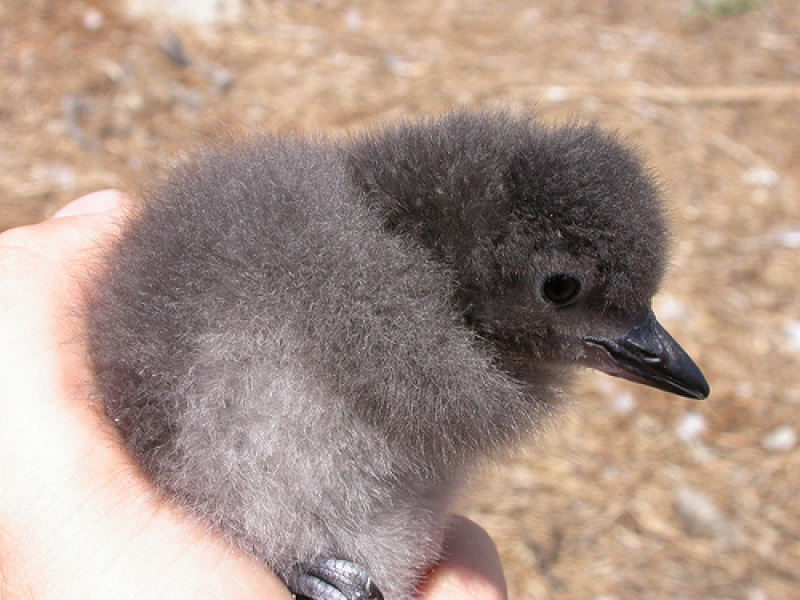
Scientists are still trying to figure out what officially caused the death of hundreds of seabirds along the Pacific Coast, Chron reported.
First reported in October of 2014, visitors of beaches in British Columbia to California were surprised after seeing more than 120 corpses of Cassin's auklets.
Local authorities said these birds, which are known for their white bellies and gray feathers, have been dying a couple of months ago. Local resident Dave Miller said that he has been seeing dead Cassin's auklets in Oregon's beaches since Dec. 27.
"I estimate there were probably 30 to 50 per mile," he told the Statesman Journal. "I've never seen that many before."
Various organizations from different states have already launched their own investigations regarding the mass deaths of the birds.
According to the experts, it is not uncommon for large numbers of seabirds to die during the same season. Severe weather conditions such as violent storms or extremely cold temperatures during the winter season are some of the factors behind the mass death of birds.
However, Phillip Johnson, the executive director of the Oregon Shores Conservation Coalition, believes the recent case concerning the Cassin's auklets was not caused by weather conditions.
"To be this lengthy and geographically widespread, I think is kind of unprecedented," he said to the Statesman Journal. "It's an interesting and somewhat mysterious event."
Initially, experts thought a type of toxin caused the birds to die. However, further investigation into the matter revealed that the birds starved to death.
Experts speculate that the lack of food supply may be attributed to a successful mating season. The sudden increase in the population of the birds may have created a more intense competition for food, Seattle Times reported.
Another theory states that the sudden increase in the ocean's temperature may have killed off a huge portion a zooplankton known as the krill, which is the birds' common food source.



















